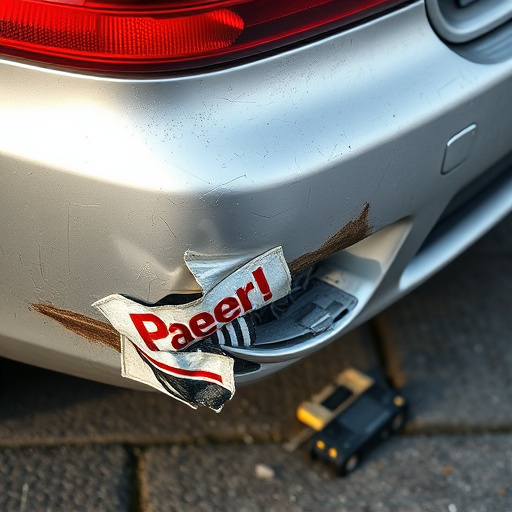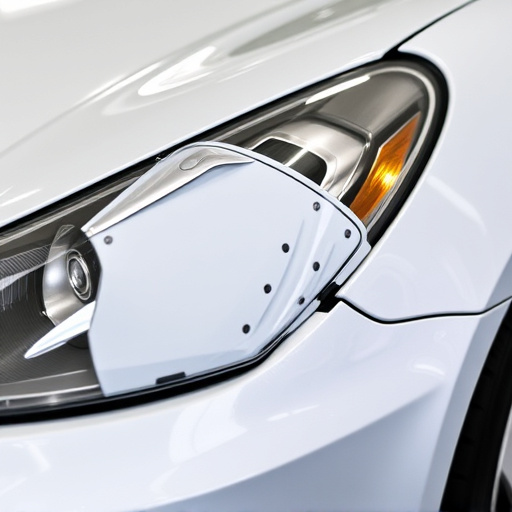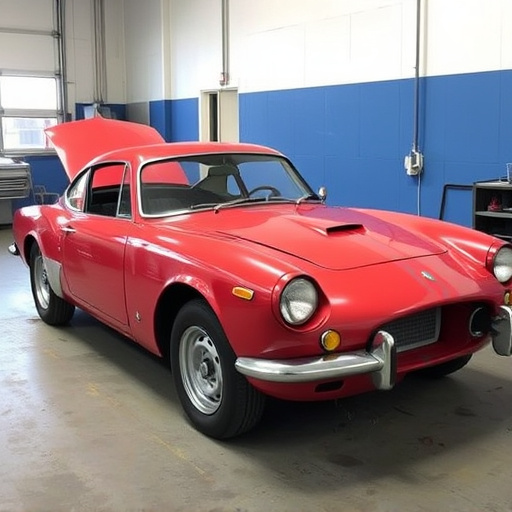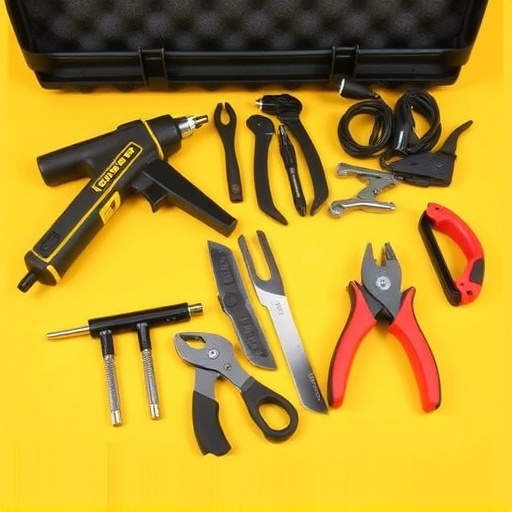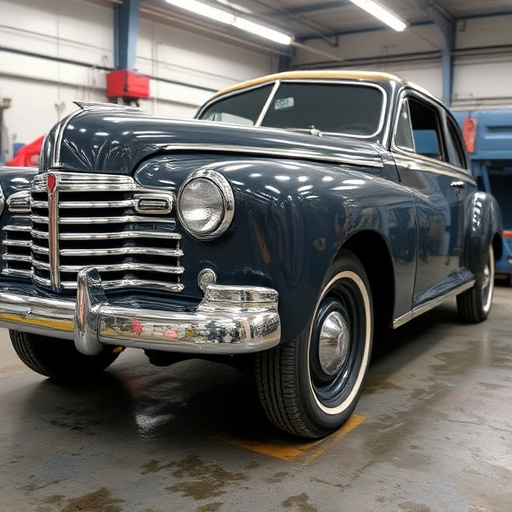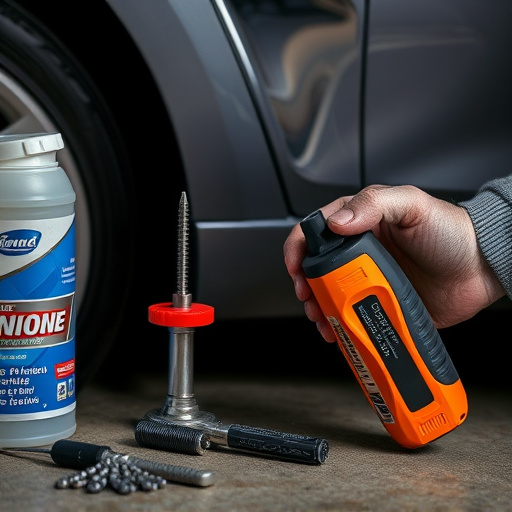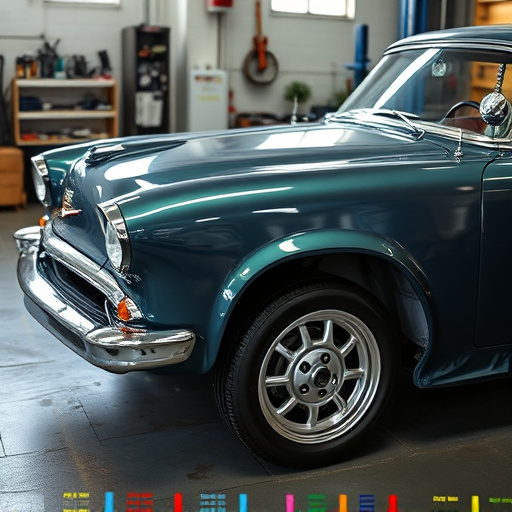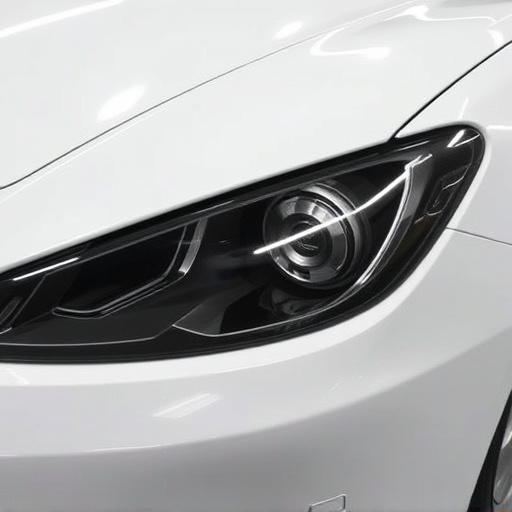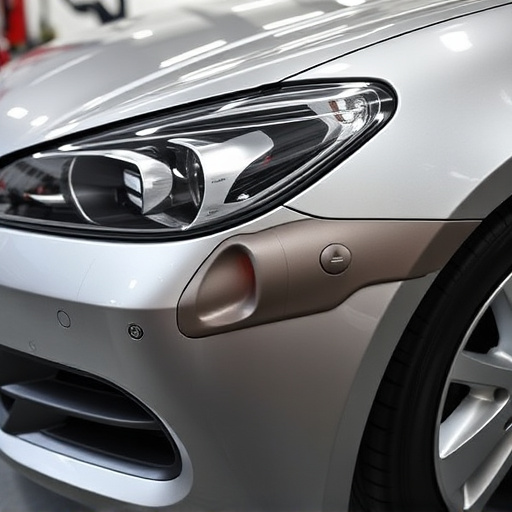The Mercedes rear light assembly is a complex yet essential system, comprising a powerful lamp unit, protective housing, connectors, and sealant for durability. Common issues include faulty bulbs, damaged lenses, and misaligned lights, which can be resolved through simple troubleshooting or replaced if needed. Regular maintenance, such as lens cleaning, promotes safety and vehicle health. A step-by-step guide for replacing rear lights emphasizes accessibility for car enthusiasts, involving tool preparation, removal of old assemblies, new assembly installation, wiring reconnections, and final checks to enhance road safety and style.
Unraveling the complexities of your Mercedes rear light assembly can seem daunting, but understanding its basics is crucial for both maintenance and repairs. This comprehensive guide breaks down the components, common issues, and offers a detailed step-by-step replacement process. By familiarizing yourself with these aspects, you’ll be equipped to navigate any challenges related to your Mercedes rear lights, ensuring optimal functionality and safety on the road. Learn how to identify problem areas, troubleshoot effectively, and even perform basic replacements, all while enhancing your vehicle’s overall performance.
- Unpacking the Mercedes Rear Light Assembly Components
- Common Issues and Troubleshooting Techniques
- Replacing Your Mercedes Rear Lights: A Step-by-Step Guide
Unpacking the Mercedes Rear Light Assembly Components
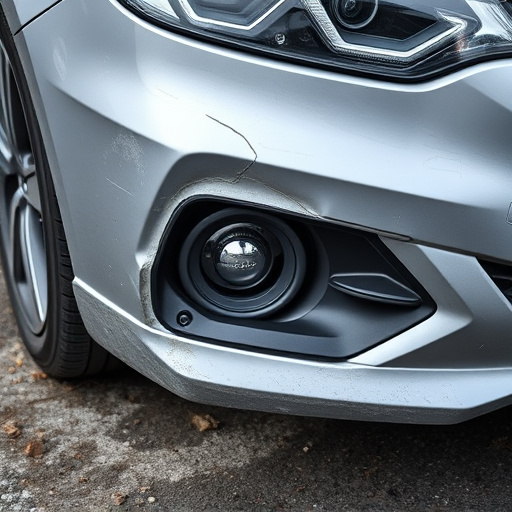
The Mercedes rear light assembly is a complex system comprised of several key components working harmoniously to ensure optimal lighting and safety. At its core lies the rear lamp unit, which houses the light source and lens, designed to emit bright, consistent light for maximum visibility. Surrounding this is the housing, typically made from durable materials like plastic or metal, that protects the internal parts from external elements, including dust, water, and impact, much like a sturdy shield.
Critical to its functionality are the connectors and wiring that link each component. These allow for easy installation, maintenance, and troubleshooting, similar to how veins carry blood throughout our bodies. Moreover, a lens sealant is often used to secure the lens in place, enhancing durability and preventing issues like cracks or chips, a concern often managed by professional car body shops. Should any damage occur, understanding these components can guide owners towards simple repairs or when to seek specialized car dent removal or car bodywork services.
Common Issues and Troubleshooting Techniques
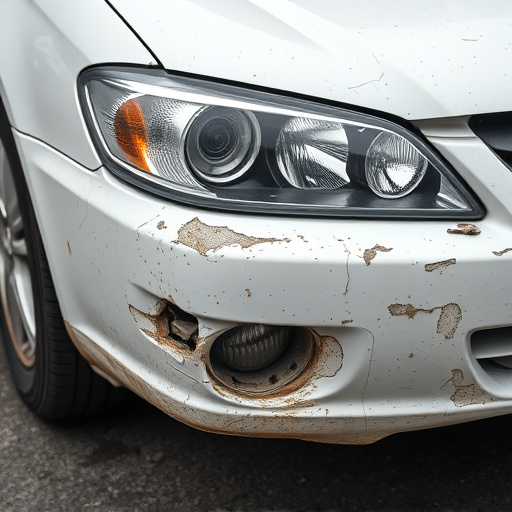
Many vehicle owners experience issues with their Mercedes rear light assembly over time. Common problems include faulty bulbs, damaged lenses, and misaligned lights. If your Mercedes rear lights are not functioning properly, troubleshooting can often be a simple process. Start by checking for loose connections at the bulb sockets. Corroded or rusty sockets may prevent the bulbs from making a secure connection. Cleaning these areas with a wire brush and applying electrical tape can resolve this issue.
For more complex problems, such as cracked or broken lenses, replacement might be necessary. While some minor dents or scratches can often be repaired using specialized kits, more severe damage may require professional services like dent removal. Regular maintenance, including cleaning the lenses to ensure optimal light transmission, is crucial for keeping your Mercedes rear light assembly in top condition. Additionally, keeping an eye on tire services and overall vehicle restoration can contribute to a smoother ride and better visibility at night.
Replacing Your Mercedes Rear Lights: A Step-by-Step Guide
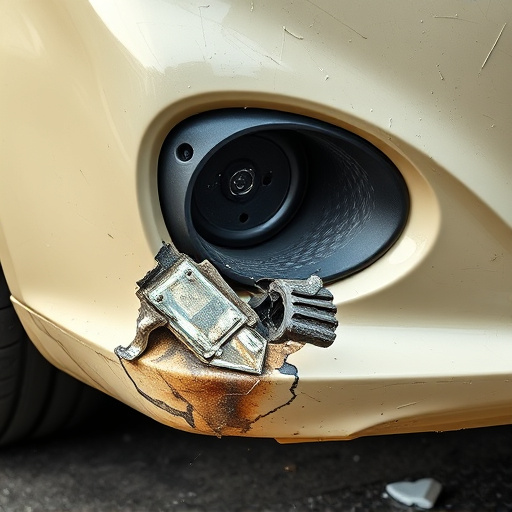
Replacing your Mercedes rear lights involves a few simple steps that any car enthusiast can handle. First, gather all necessary tools and parts, which typically include new rear light assemblies (available in various styles to fit different Mercedes models), a screwdriver, and sometimes a pair of pliers. Next, locate the old rear lights behind the license plate. This usually requires removing the license plate itself as well as any retaining clips or bolts securing the assembly in place. Once exposed, carefully disconnect the electrical connectors before unscrewing the old light assemblies from the vehicle’s body.
After the old lights are removed, clean the mounting surfaces to ensure a secure fit for the new ones. Install the new Mercedes rear light assemblies by connecting the electrical wires and tightening the screws according to your vehicle’s manual. This process varies slightly depending on the model year and design of your Mercedes, so always refer to your owner’s manual or consult an automotive repair specialist if you need guidance. The final step is to reattach the license plate, ensuring all bolts are securely fastened. Now your Mercedes rear light assembly should be fully functional, enhancing both safety and style on the road, and ready to navigate through any automotive repair challenge with ease.
Understanding the intricate details of your Mercedes rear light assembly is a key aspect of vehicle maintenance. By familiarizing yourself with its components, common issues, and troubleshooting techniques, you can ensure optimal performance and safety on the road. The process of replacing these lights, when necessary, becomes more manageable with a step-by-step guide tailored to your Mercedes model. Armed with this knowledge, you’ll be well-prepared to navigate any challenges related to your Mercedes rear light assembly, fostering a seamless driving experience.
